Introduction:
Cleaning clipper guards is an essential part of maintaining your hair clippers and ensuring optimal performance. Over time, clipper guards can accumulate hair clippings, product residue, and dirt, which can affect their functionality and hygiene. Regular cleaning not only prolongs the life of the guards but also ensures a clean and precise haircut. When it comes to cleaning clipper guards, there are several effective methods to choose from. In this guide, we will explore the best ways to clean clipper guards, including using a brush, warm soapy water, cleaning solutions, and alternative techniques. By following these guidelines, you can easily clean your clipper guards and keep them in excellent condition.
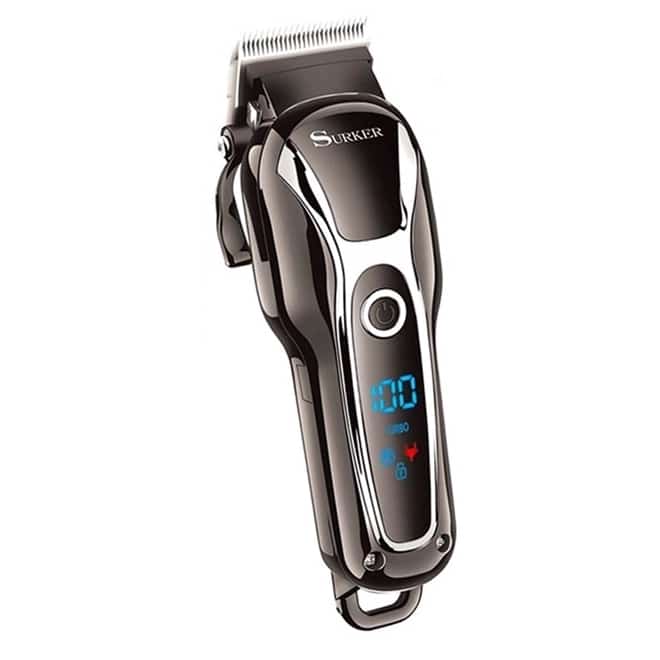
What is the best way to clean clipper guards?
Gather the Necessary Tools:
Before cleaning your clipper guards, gather the following tools to facilitate the process:
a. Soft Brush: Use a soft-bristled brush, such as a toothbrush or a clipper cleaning brush, to remove hair clippings and debris from the guards.
b. Warm Water: Fill a basin or sink with warm water to aid in the cleaning process.
c. Mild Detergent or Liquid Soap: Add a small amount of mild detergent or liquid soap to the warm water. This will help remove oils and product residue from the guards.
d. Towel or Cloth: Have a clean towel or cloth on hand for drying the guards after cleaning.
Brushing Method:
The brushing method is a simple and effective technique for removing hair clippings and debris from clipper guards. Follow these steps:
a. Remove Loose Hair: Begin by using a soft brush, such as a toothbrush or a clipper cleaning brush, to remove any loose hair clippings and debris from the guards. Brush in the direction opposite to the teeth of the guard to dislodge any trapped hair.
b. Tap or Shake Off Excess Hair: After brushing, tap or shake the guards gently to remove any loose hair clippings that may have accumulated during the brushing process.
c. Inspect for Residue: Examine the guards to see if there is any product residue or stubborn debris still present. If residue is visible, proceed to the next cleaning method for a more thorough cleaning.
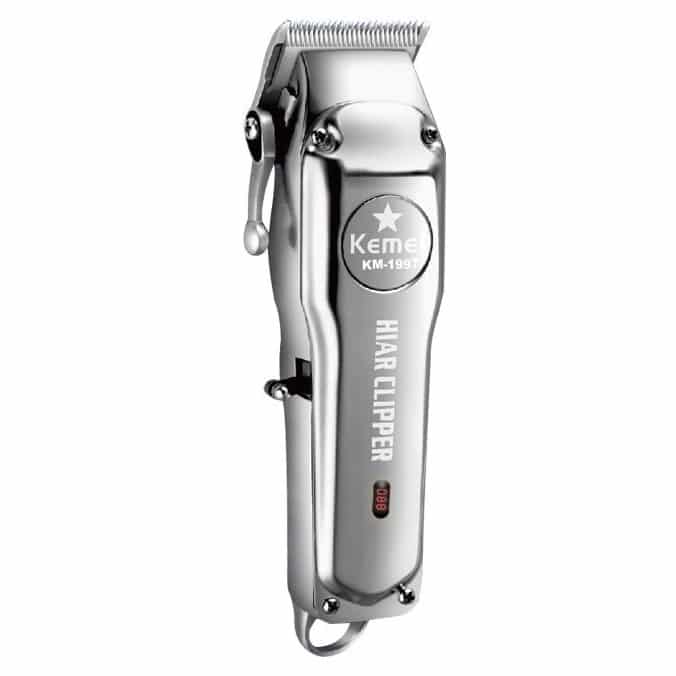
Warm Soapy Water Method:
The warm soapy water method provides a more thorough cleaning by removing oils, product residue, and dirt from the clipper guards. Follow these steps:
a. Prepare the Soapy Water: Fill a basin or sink with warm water and add a small amount of mild detergent or liquid soap. Mix the water gently to create a soapy solution.
b. Submerge the Guards: Submerge the clipper guards in the warm soapy water. Allow them to soak for a few minutes to loosen any oils, product residue, and dirt.
c. Brush and Rinse: After soaking, use a soft brush or cloth to gently scrub the guards, paying close attention to the teeth and crevices. Brush in a circular motion to dislodge any stubborn debris. Rinse the guards under warm running water to remove the soapy residue.
d. Dry the Guards: Thoroughly dry the guards with a clean towel or cloth. Ensure there is no moisture left on the guards to prevent rust or corrosion.
Cleaning Solution Method:
If the clipper guards require a more intensive cleaning due to heavy buildup or stubborn residue, using a cleaning solution is an effective option. Follow these steps:
a. Prepare the Cleaning Solution: If available, use a specific clipper guard cleaning solution. Follow the manufacturer’s instructions regarding the dilution ratio or application method. Alternatively, you can create a homemade cleaning solution by mixing warm water with a small amount of vinegar or rubbing alcohol.
b. Apply the Cleaning Solution: Apply the cleaning solution directly to the guards. Use a soft brush or cloth to scrub the guards, ensuring all surfaces are covered. Pay particular attention to the teeth and crevices.
c. Rinse the Guards: Rinse the guards under warm running water to remove the cleaning solution and any loosened debris.
d. Dry the Guards: Thoroughly dry the guards with a clean towel or cloth. Make sure there is no moisture left on the guards to prevent rust or corrosion.
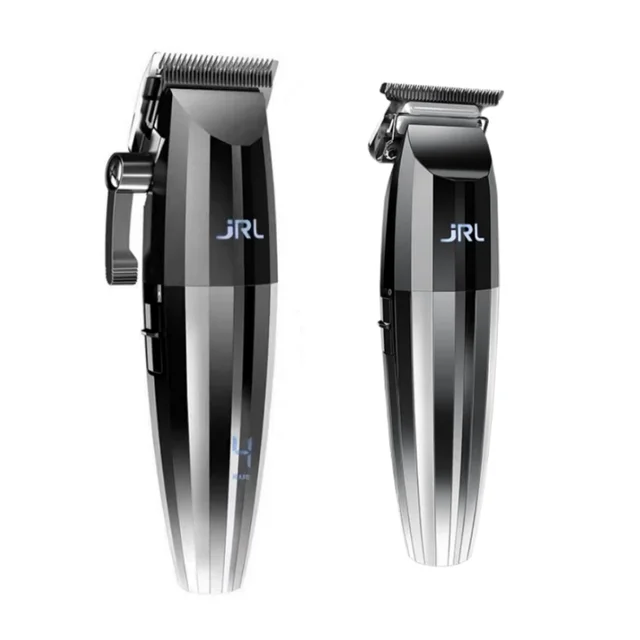
Alternative Cleaning Methods:
In addition to the methods mentioned above, there are a few alternative cleaning techniques you can consider depending on your preference and circumstances. These include:
a. Compressed Air: Use compressed air in a can to blow away any loose hair clippings and debris from the guards. This method is particularly useful for removing particles from hard-to-reach areas.
b. Ultrasonic Cleaner: If you have access to an ultrasonic cleaner, you can place the clipper guards in the cleaner with a suitable cleaning solution. The ultrasonic waves will agitate and remove dirt and debris from the guards, providing a thorough cleaning.
c. Dishwasher: Some clipper guards are dishwasher-safe. Check the manufacturer’s instructions to determine whether your guards can be safely cleaned in the dishwasher. Place them in the dishwasher on a gentle or low-heat cycle, without any detergent or other dishes.
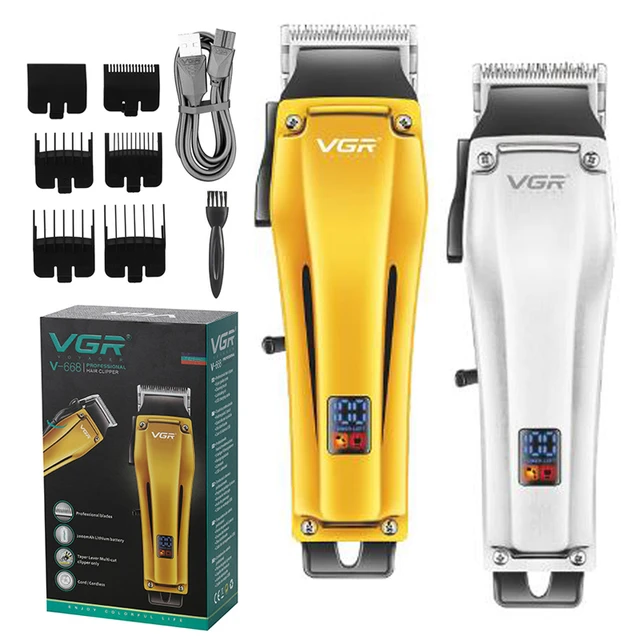
Regular Maintenance:
Regular maintenance is key to keeping your clipper guards in optimal condition. Consider the following tips:
a. Clean After Each Use: It is recommended to clean your clipper guards after each use to prevent buildup and maintain their performance.
b. Dry Thoroughly: After cleaning, ensure the guards are thoroughly dried to prevent moisture-related issues such as rust or corrosion.
c. Store Properly: Store your clipper guards in a clean and dry environment, preferably in a case or pouch to protect them from dust and damage.
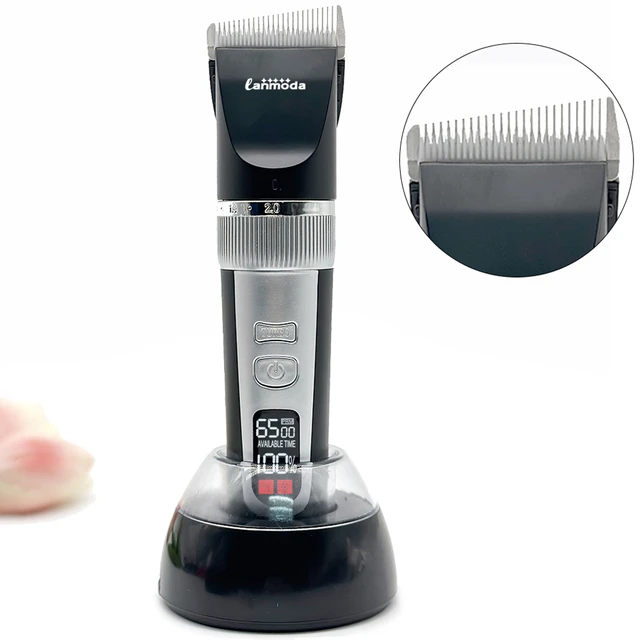
Conclusion:
Cleaning your clipper guards regularly is essential for maintaining their performance, longevity, and hygiene. The best cleaning method will depend on the level of buildup and personal preference. Options such as brushing, warm soapy water, cleaning solutions, compressed air, ultrasonic cleaners, and dishwashers can effectively clean your clipper guards. Remember to remove loose hair before cleaning, choose the appropriate cleaning method based on the level of buildup, and dry the guards thoroughly. Regular maintenance and proper storage will ensure that your clipper guards remain in excellent working condition for years to come.
